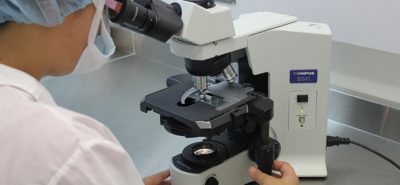Drug testing hair follicles may reduce the number of fatal accidents involving impaired truck drivers. Nationwide, opioid abuse is on the rise. Many truck drivers use legal and illegal opioids to alleviate chronic health conditions or to “escape” the boredom of the open road. To counter the dangers impaired commercial drivers pose, the Opioid Crisis Response Act of 2018 calls for establishing new, effective testing measures that would facilitate faster detection and response to drivers with opioid addictions.
Trucking Industry Supports Enhanced Testing
The trucking industry has long recognized that substance abuse among drivers poses a threat to the safety of commercial truck drivers and the general public. For many years, industry lobbyists have requested the addition of hair testing to help identify drivers who abuse opioids. Currently, urinalysis is the only approved method of testing commercial truck drivers for the presence of opioids.
However, urinalysis testing has limitations as it only shows recent drug use. Hair testing offers a significantly longer detection window of up to 90 days post-ingestion, hair is easier to collect, and the tests are harder to cheat. For these reasons, the trucking industry supports measures that would require the Substance Abuse and Mental Health Services Administration to add hair testing as a viable alternative to urinalysis. This is not the first time a federal agency has received this directive from Congress. In fact, the Department of Health and Human Services was required to issue scientific and technical guidelines by the end of 2016 and they have failed to do so.
Benefits and Pitfalls of Hair Testing
There are positives and pitfalls to hair follicle testing. Hair testing is less likely to deliver a false-positive result which means that a positive result is more reliable. It also means that a hair sample can be collected at the scene of an accident rather than 2-3 days later as is the case with post-accident urinalysis testing. The current system means that by the time drivers are tested, many of the drugs within their system have already been expelled.
Conversely, the extended testing window of up to 90 days post ingestion means it would detect opioids in drivers who were prescribed opioid medications for surgical procedures, etc. Thus, it would fall upon the driver to prove the drugs were consumed during a period when they were not behind the wheel.

